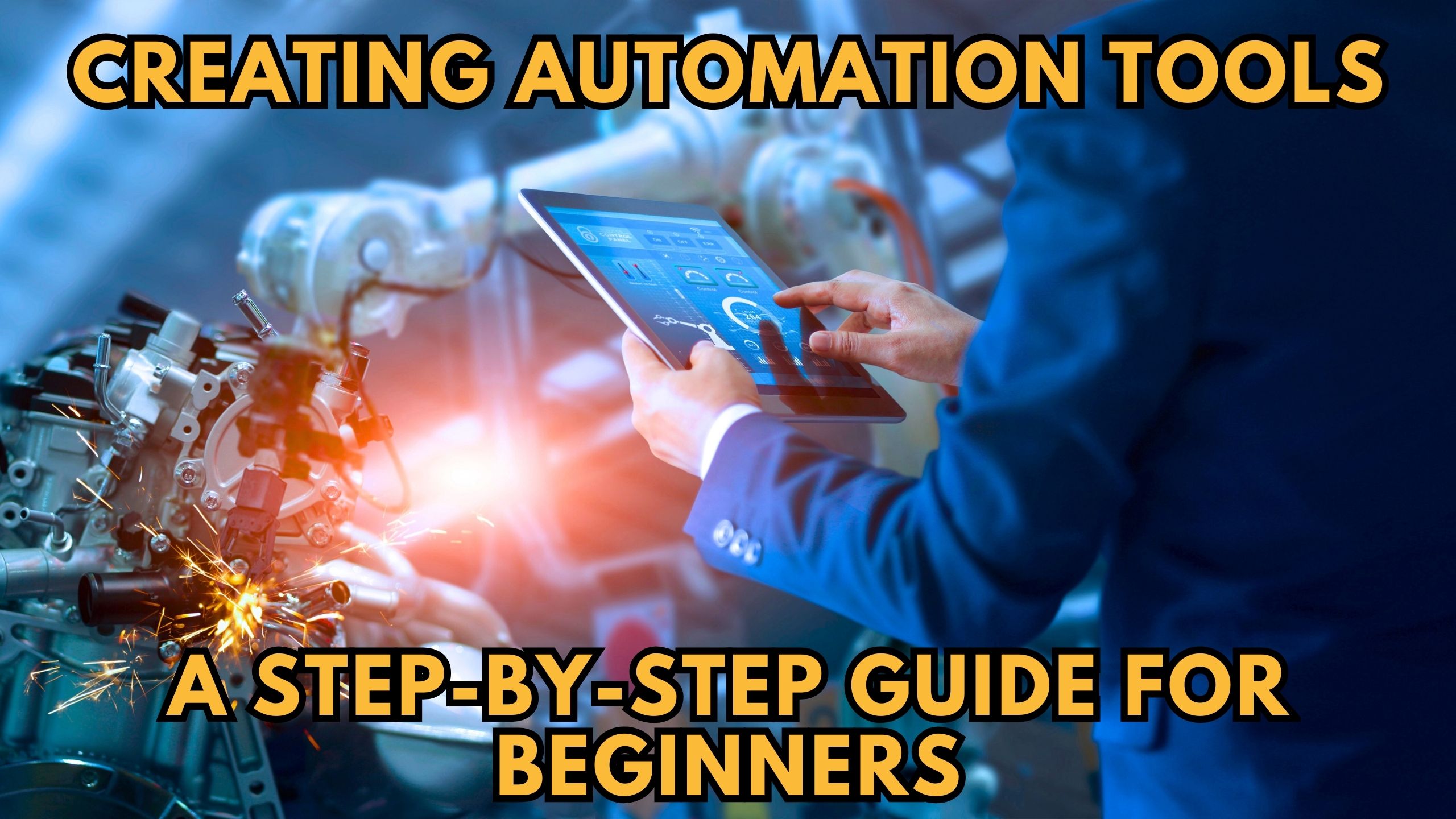Creating Automation Tools: A Step-by-Step Guide for Beginners
-


Creating Automation Tools: A Step-by-Step Guide for Beginners
Automation has become a cornerstone in today’s fast-paced digital landscape. Many individuals and businesses seek efficient ways to streamline processes, and creating automation tools is a key aspect of this endeavor. In this comprehensive guide, we’ll walk you through the steps of building automation tools, addressing the essential components, and exploring five relevant SaaS products that can aid you in this journey.
1. Understanding the Basics
Before diving into creating automation tools, it’s crucial to grasp the fundamentals. Start by familiarizing yourself with programming languages like Python or JavaScript. Platforms such as Codecademy or Udemy offer excellent courses to kickstart your coding journey.
2. Choosing the Right Framework
Selecting the appropriate framework is pivotal in the development process. Tools like Node-RED provide a visual flow-based development environment, making it beginner-friendly. Its drag-and-drop interface simplifies the creation of automation flows without extensive coding.
3. Integrating APIs
To enhance the functionality of your automation tool, integration with external services through APIs is essential. Zapier is a powerful automation platform that connects various apps and automates workflows. Its user-friendly interface makes it an excellent choice for beginners.
4. Data Storage and Management
Efficient data handling is crucial for automation tools. Airtable offers a versatile, spreadsheet-like database that seamlessly integrates with other tools. Its simplicity and flexibility make it an ideal choice for storing and managing data in your automation projects.
5. Testing and Debugging
Robust testing is vital to ensure the reliability of your automation tool. Sentry provides error tracking and real-time monitoring, helping you identify and fix issues promptly. Its intuitive dashboard makes debugging a smoother process.
6. Documentation for Future Reference
Proper documentation is often overlooked but is crucial for future maintenance and collaboration. Utilize tools like ReadMe to create comprehensive documentation for your automation tool. This ensures that others (or even yourself) can understand and modify the tool effectively.
Conclusion
Creating automation tools is a rewarding journey that demands dedication and a strategic approach. By following these steps and utilizing relevant SaaS products, you can build efficient automation solutions tailored to your needs.
Unlock Efficiency with Subscribed.fyi
At Subscribed.fyi, we understand the challenges of managing your SaaS stack. Sign up for free today to unlock exclusive deals, saving over $100,000 per year. Manage all your subscriptions effortlessly, compare SaaS tools, and make informed decisions. Take control of your expenses and navigate the complexities of SaaS with Subscribed.fyi.
Unlock Secret Deals and Save Big Manage All Subscriptions in One Place and Keep Track
Relevant Links:





